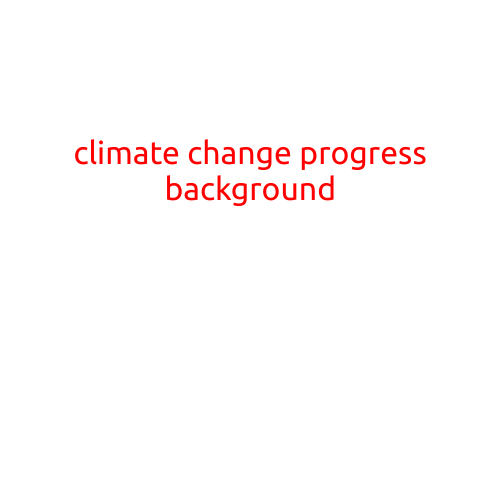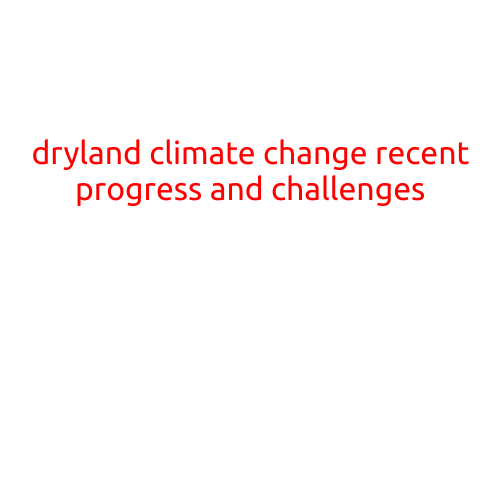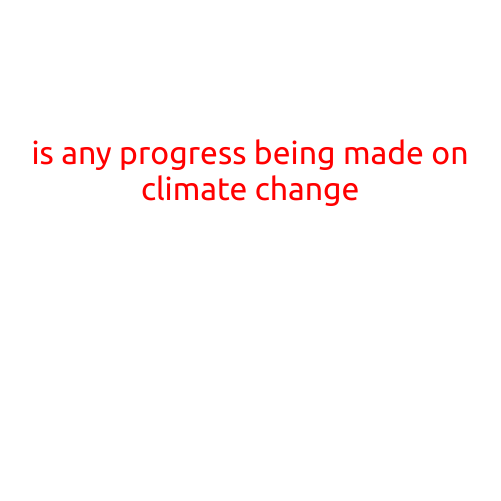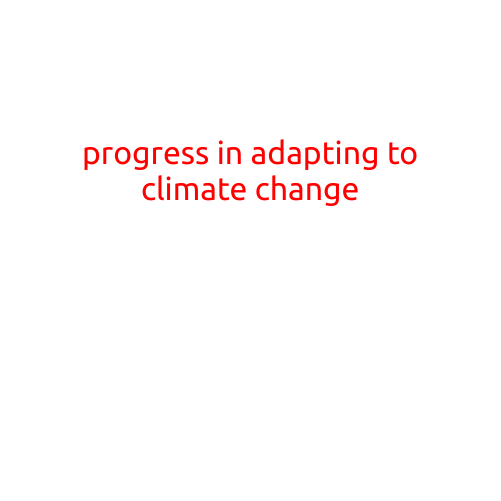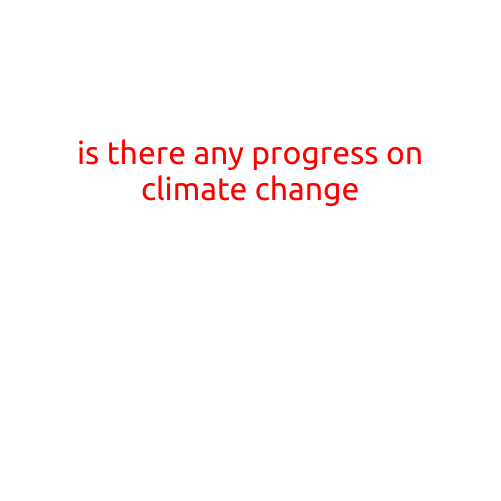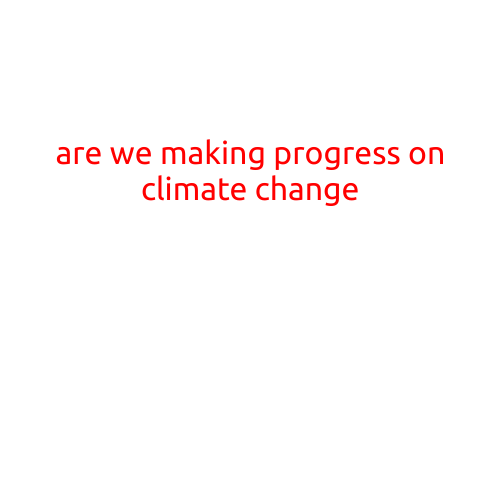
Climate Change Progress Bar: A Status Update on Global Efforts to Curb Rising Temperatures
As the world grapples with the complex and pressing issue of climate change, it’s essential to take stock of the progress made so far in reducing greenhouse gas emissions and mitigating the impacts of rising temperatures. In this article, we’ll examine the current state of global efforts to combat climate change and assess whether we’re moving in the right direction.
The Challenge Ahead
The science is clear: human activities, particularly the burning of fossil fuels and deforestation, have led to a significant increase in global temperatures, averaging around 1°C above pre-industrial levels. This warming trend is causing devastating consequences, including more frequent and severe weather events, melting of polar ice caps, and disrupted ecosystems.
To limit the temperature increase to 1.5°C above pre-industrial levels, as agreed upon in the Paris Agreement, the world needs to reduce CO2 emissions by 45% by 2030 and reach net-zero emissions by 2050. Meeting these targets requires a dramatic shift in our energy systems, transportation, and consumption patterns.
Progress So Far
While there’s still much work to be done, some encouraging progress has been made:
- Renewable energy: Global renewable energy capacity has grown by 50% in the past five years, with solar and wind power becoming increasingly cost-competitive with fossil fuels.
- Electric vehicle adoption: As of 2022, over 2 million electric vehicles are on the roads worldwide, up from just 100,000 in 2013.
- Carbon pricing: 62 countries and 24 states in the United States have implemented carbon pricing mechanisms, totaling over 70% of global CO2 emissions.
- Climate policies: Many countries have introduced policies aimed at reducing emissions, such as carbon taxes, fuel efficiency standards, and renewable portfolio standards.
The Gap Between Commitments and Actions
Despite these positive developments, there’s a significant gap between countries’ climate commitments and their actual actions:
- Emissions gap: Current policies are expected to lead to a 3.2°C temperature increase by 2100, above the 1.5°C goal.
- Energy transition: Only 20% of global electricity generation comes from renewable sources, with the majority still powered by fossil fuels.
- Transportation sector: Emissions from transportation have grown by 17% since 2010, despite growth in electric vehicle adoption.
What’s Needed to Bridge the Gap
To overcome these challenges and bridge the progress gap, several key areas require attention:
- Faster phase-out of fossil fuels: Governments and industries must accelerate the transition away from fossil fuels, with a focus on coal, the largest emitter of CO2.
- Increased investment in climate resilience: Developing countries need support to build climate resilience, including infrastructure and adaptation measures.
- Carbon capture and storage: Deployment of carbon capture and storage technologies is essential to reduce emissions from industrial sources.
- International cooperation: Global partnerships and climate agreements, such as the Paris Agreement, are crucial for coordinating efforts and sharing knowledge.
Conclusion
The climate change progress bar is mixed, with some encouraging developments and significant gaps to bridge. To address the urgency of the climate crisis, the world must work together to accelerate the transition to a low-carbon economy, increase climate resilience, and honor international commitments. The path ahead will require collective action, innovative solutions, and a commitment to a sustainable future for all.
